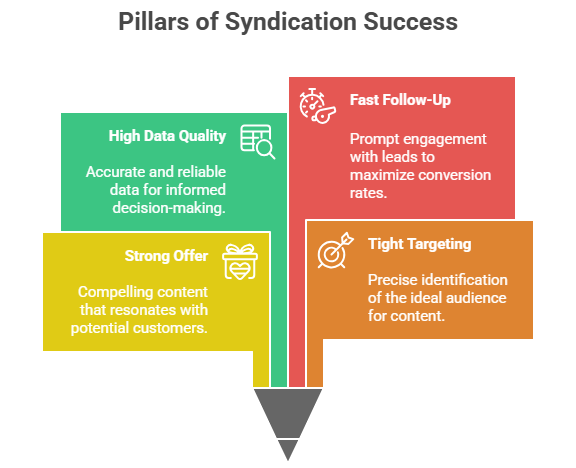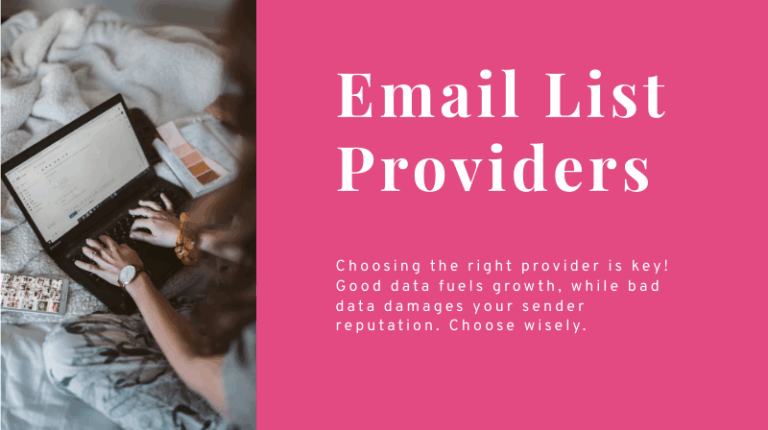 Every social media platform has its own organizational tools, but one of the most well-known is Twitter’s hashtag. The hashtag – that’s the thing people with land lines call a pound key, some people call a number sign and grammarians call an octothorp – looks like this: #. It precedes identifying words and lets Twitter users instantly check out other tweets with the same hashtag.
Every social media platform has its own organizational tools, but one of the most well-known is Twitter’s hashtag. The hashtag – that’s the thing people with land lines call a pound key, some people call a number sign and grammarians call an octothorp – looks like this: #. It precedes identifying words and lets Twitter users instantly check out other tweets with the same hashtag.
Hashtags have already proven tremendously influential in social and political spheres, but they’re equally useful for business. A successful marketing strategy almost always includes segmentation and categorization to make sure the message is relevant to everyone in its intended audience. With hashtags, your audience becomes self-selecting. They’ll also carry that message to other prospects who share the same interests or seek the same solutions. To make the most of hashtags, follow these guidelines.
Use Hashtags in the Right Places
Other platforms have also adopted hashtags, but unless you know you’re using a channel that does, leave off that octothorp. Using hashtags on social networks that don’t use them not only gains you no traction, it can actively turn some web-savvy clients away by looking out of date or misplaced. Twitter may have started the trend, but other media channels have adopted the organizational tool, including Pinterest, YouTube and Facebook.
Do It Yourself
Creating your own hashtags, if they’re memorable and brief, can create new conversations, especially if it’s catchy enough to get plenty of play. Creating a new tweet for a contest or promotion is a great way to generate interest, but you can also get creative with your everyday hashtags. While you want to make your own space with hashtags, though, keep them fairly short and simple. You want to create a conversation, not be alone in a space talking to yourself, which is what happens when your hashtag doesn’t catch on.
Be Specific
Hashtags only have value when they’re specific enough to lead audiences to groupings that are relevant to them. If you’re looking for customers who need SEO solutions for their business content, for example, you want #seo as your hashtag, not #writing or #business, both of which are far too broad to attract people looking for relevant information. Remember, everyone who re-tweets will lead to more exposure for your hashtag, so you don’t have to compete in a big ocean; you can create your own lake instead and enjoy less competition.
Say Something More
Hashtags are like keywords: They’re absolutely essential to maximizing your reach and searchability, but too many of them renders your content illegible. Be sure you’re tweeting something substantive and not just a string of hashtags. By themselves, they aren’t compelling; it’s only when you add other copy for context that your hashtags can truly shine. Use your tags to make what you say easier to hear, not as the sole subject of your message.
Make It Consistent
Whether it’s a hashtag you’ve created yourself or one that earns a lot of interest for you, using your hashtags consistently helps solidify them with your audience. Think of them as labels on file folders; if you created a new folder and label for each item in your in-box, you’d bury your organizational scheme under a pile of information so scattered as to be useless. Give your followers and readers a chance to get comfortable with your hashtags and keep the same ones around for a while to maximize their impact.
Contact our social marketing experts today at 855.867.3224 to help you devise a social marketing plan.
© Reach Marketing LLC 2014 All Rights Reserved.



